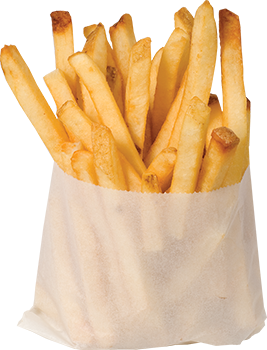
Type 2 Diabetes by Brenda Mercado
 Diabetes is a disease in which the body’s ability to produce or respond to the hormone insulin is impaired, resulting in abnormal metabolism of carbohydrates and elevated levels of glucose in the blood and urine. There are several types of diabetes. The most common form of diabetes is type 2. This is a condition that affects our body’s glucose levels; glucose is one of the most important body fuels our body needs. Type 2 diabetes occurs when your body does not use insulin properly which is known as insulin resistance. In the beginning, the pancreas will make more than enough insulin to compensate, but as time goes by, the pancreas can’t keep up and is unable to produce enough insulin to keep your body’s glucose levels at a proper state. Over time, blood glucose may hurt your kidneys, your eyes, your nerves or your heart.
Diabetes is a disease in which the body’s ability to produce or respond to the hormone insulin is impaired, resulting in abnormal metabolism of carbohydrates and elevated levels of glucose in the blood and urine. There are several types of diabetes. The most common form of diabetes is type 2. This is a condition that affects our body’s glucose levels; glucose is one of the most important body fuels our body needs. Type 2 diabetes occurs when your body does not use insulin properly which is known as insulin resistance. In the beginning, the pancreas will make more than enough insulin to compensate, but as time goes by, the pancreas can’t keep up and is unable to produce enough insulin to keep your body’s glucose levels at a proper state. Over time, blood glucose may hurt your kidneys, your eyes, your nerves or your heart.
If diabetes already runs in your immediate family such as your parents or siblings, you have a higher chance of being diagnosed with type 2 diabetes. Kids or teenagers who are not active have a high chance of having type 2 diabetes in the future. Staying at a healthy weight, eating well, and being active can help prevent you from being diagnosed with type 2 diabetes. If you already have signs as your blood levels are above normal, that is called pre-diabetes. If someone has high blood pressure, they also have a higher risk at being diagnosed with type 2 diabetes.
The symptoms of diabetes are a handful of things that when not even thinking about it can seem like it’s just another normal day. For instance, it’s being very thirsty, urinating more than usual, being irritable, feeling worn out, having wounds that don’t seem to heal, and experiencing occasional numbness or tingling feeling in your hands and feet. An increase in hunger can also be a sign of diabetes due to a lack of insulin to travel through cells which can trigger symptoms such as hunger. Some patients may experience a change on their skin; some areas may darken or patches of dark skin near the neck may develop. Some people may also be at risk for long-term diabetes complications such as diabetic retinopathy, kidney disease, diabetic neuropathic, and macrovascular problems.
Treating type 2 diabetes can be easy if you diet and exercise properly. Medication or insulin are the main methods used to control type 2 diabetes. Daily physical activity like walking, cardio, yoga, or aerobics can be helpful to control glucose levels. Healthy eating is very important when treating type 2 diabetes; knowing how many carbohydrates you should have a day can help you control glucose levels. Foods with high fiber and low fat is recommended for treating diabetes.
Here are examples of foods to avoid when you have type 2 diabetes:
- Dried fruit
- Sugary foods
- Fried foods
- White rice, bread, and flour
- Fruit juice
- Alcohol
Here are examples of foods to eat when you have type 2 diabetes:
- Tomatoes
- Beans
- Walnuts, flaxseed or other nuts
- Oranges or other citrus
- Wild salmon or other Omega-3 fatty acid fish
- Non-Fat or low-fat plain milk and yogurt
It is also very important that you monitor your blood sugar throughout the day.
Getting diagnosed with diabetes is not the end of the world, if you integrate a new healthy regimen including proper nutrition and exercise, it’s possible to have a normal lifestyle. It’s all up to you- type 2 diabetes can be managed and even reversed. Take the treatment the doctor provided and properly balance that healthy life.
The information provided is for general interest only and should not be misconstrued as a diagnosis, prognosis or treatment recommendation. This information does not in any way constitute the practice of medicine, or any other health care profession. Readers are directed to consult their health care provider regarding their specific health situation. Marque Medical is not liable for any action taken by a reader based upon this information.
